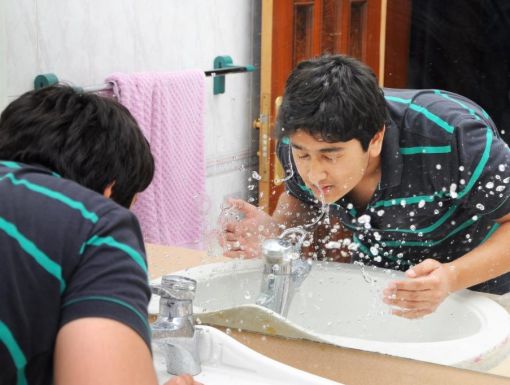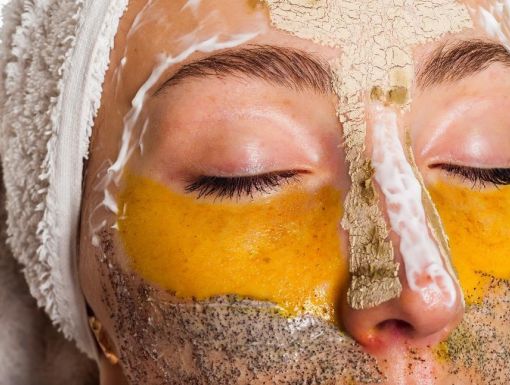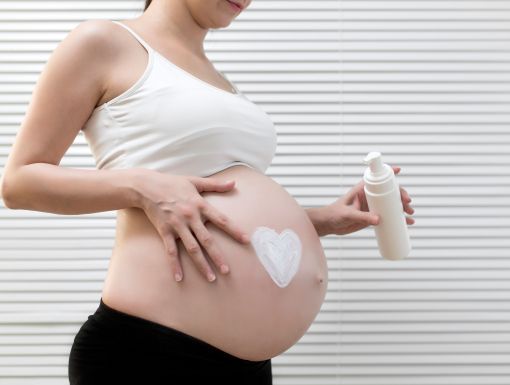
Cystic Acne: Getting Rid of it for Good
Acne is one of the most common dermatologic complaints I get in my office. While not common, cystic acne is the most severe type. This type of acne can have long-term effects, including permanent scarring and psychosocial impact. Many studies have found that acne may lead to low self-esteem, depression, anxiety and suicide. Anyone can get cystic acne at any point in their life, which why it's important to seek treatment early.
What is cystic acne and what causes it?
There are many different types of acne, including non-inflammatory (black and white heads) and inflammatory (papules, pustules, nodules or cysts) acne. As mentioned, cystic acne is the most severe kind. Cystic acne occurs when the bacteria propionibacterium acnes (P. acnes) along with dead skin cells and oil become trapped in your pores and cause a localized infection. This produces a fluid-filled cyst that is usually deep to the skin surface, causing pain upon touch.
The development of acne involves a variety of factors: hair follicle maturation, sebum or oil production and inflammation caused by P. acnes. These factors are controlled by your genetics, hormones and diet.
- Genetics: Most of my patients who have severe acne usually tell me that one or both of their parents had cystic acne when they were young. In fact, there are genes found to be associated with acne.
- Hormones: Androgens are a group of hormones that can play a part in cystic acne. These hormones cause your oil glands to produce more sebum, which is what the bacteria P. acnes uses to stimulate inflammation. Androgens increase during the teenage years, which explains why acne is so common in teenagers.
- Diet: There has been quite a bit of debate as to whether the type of food you eat influences your acne. Despite the controversy, studies have shown an increased risk of acne in those who consume milk (especially skim milk), sugar, whey protein and vitamin B12 supplementation.
What are the treatments for cystic acne?
- Antibiotics: These may help decrease bacteria burden on your skin and reduce inflammation. Typically, antibiotics are used short term as long-term use may lead to antibiotic resistance.
- Birth control/hormonal pills: It is postulated that estrogen has the opposite effect of androgens on sebum production. There are many types of birth control on the market and not all may help control acne, so it is important to discuss with your obstetrician/gynecologist and dermatologist to determine the best one for you. In addition, spironolactone is a blood pressure medication that may be prescribed to help with cystic acne as it is found to effectively block androgen hormones.
- Retinoid: This is a vitamin A derivative and is commonly used as a first-line treatment for acne. Topical retinoids help hair follicles to mature properly and prevent dead skin cells from sticking to each other. The most common side effect of this medication is redness, dryness and scaling. These effects usually subside after two-three months of using the medication.
- Isotretinoin: Isotretinoin is an oral vitamin A derivative. This medication is typically prescribed when all other treatments have failed. It has potentially serious side effects; therefore, patients on this medication are closely monitored.
- Chemical peels: Alpha and beta hydroxy acids are commonly used as superficial depth peels to treat acne. These chemicals serve as exfoliants to help unclog pores and shed dead skin cells. I usually recommend my patients this option during the fall and wintertime as the side effects (peeling and redness) are more tolerable for the patient when the weather is cooler.
To learn more about our dermatology services, please visit:https://www.ochsner.org/servic...



